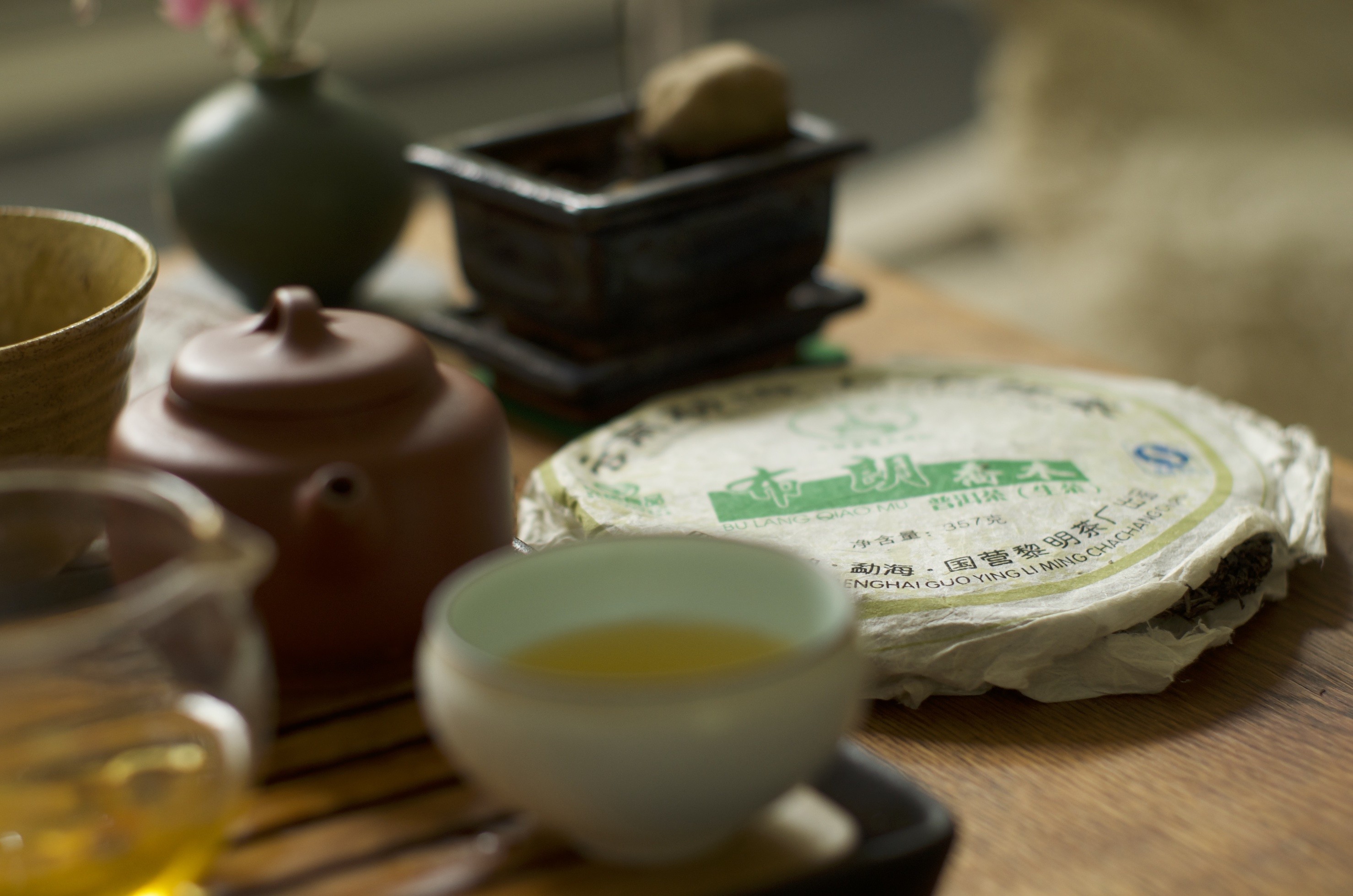
Here is a comprehensive short Qandamp;A of Pu’er tea to give answers to questions that we commonly get. If you don’t find the answer to your question or have any suggestions or improvements feel free to contact us. (This list is constantly expanding.)
What is Pu’er (Puerh) tea?
All teas, such as green, black, Oolong and Pu’er (Puerh), originate from Camelia Sinensis and its varietals. Pu’er is processed in a particular way, so that the leaves are kept in a state where they can develop their taste over time. Pu'er originates from a south-western province in China called Yunnan.
Why is it called Pu’er tea?
In Chinese characters it is written 普洱茶.
There are different romanization standards for Mandarin Chinese. The two most prominent are: 1. The Wade-Giles system, that has been developed during the 19th century. 2. The Pinyin system, which has been introduced into mainland China in the 1950s.
In Wade-Gilles 普洱 is transcribed Puerh, while in Pinyin it is Pǔ’ěr.
The tea is called after the city (Pu’er) where it has been traded for a long time. The city’s name has changed to Simao in the 1950 and changed back to Pu’er in 2007. On our shop we stick with Pu’er.
The name itself is probably its roots in a transliteration from a Wa language (one of the minorities in the area) describing the Blang people (another minority).
What are the different types of Pu’er?
There mainly two different types of Pu’er tea:
Sheng 生, also called “raw” or sometimes “green”:
To create this type the leaves are roasted in a large pan, rolled, dried and pressed. The taste of this type can change quite a lot of the span of many years.
Shu/Shou 熟, also called “ripe” or “cooked” (though it’s actually not cooked):
This type produced in almost the same way as Sheng, but before the pressing an extra step is added: the leaves a piled up and fermented for a few weeks. This speeds up the fermentation and creates a darker tea with earthy notes.
check_circle
check_circle